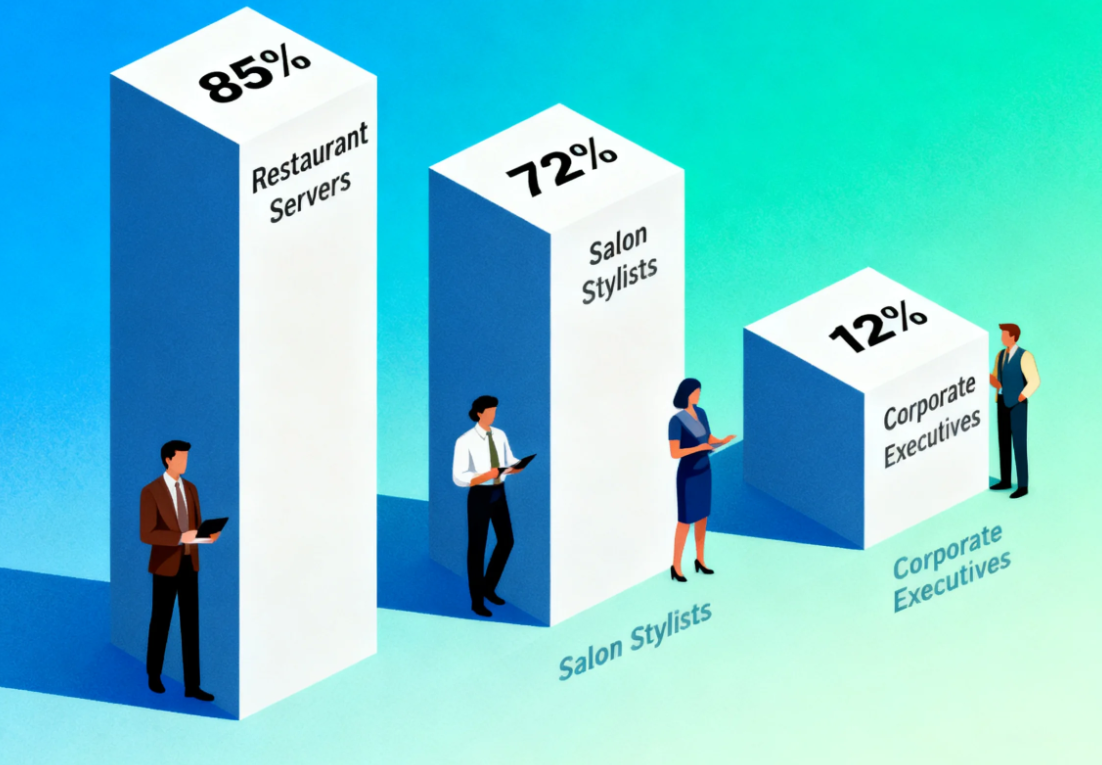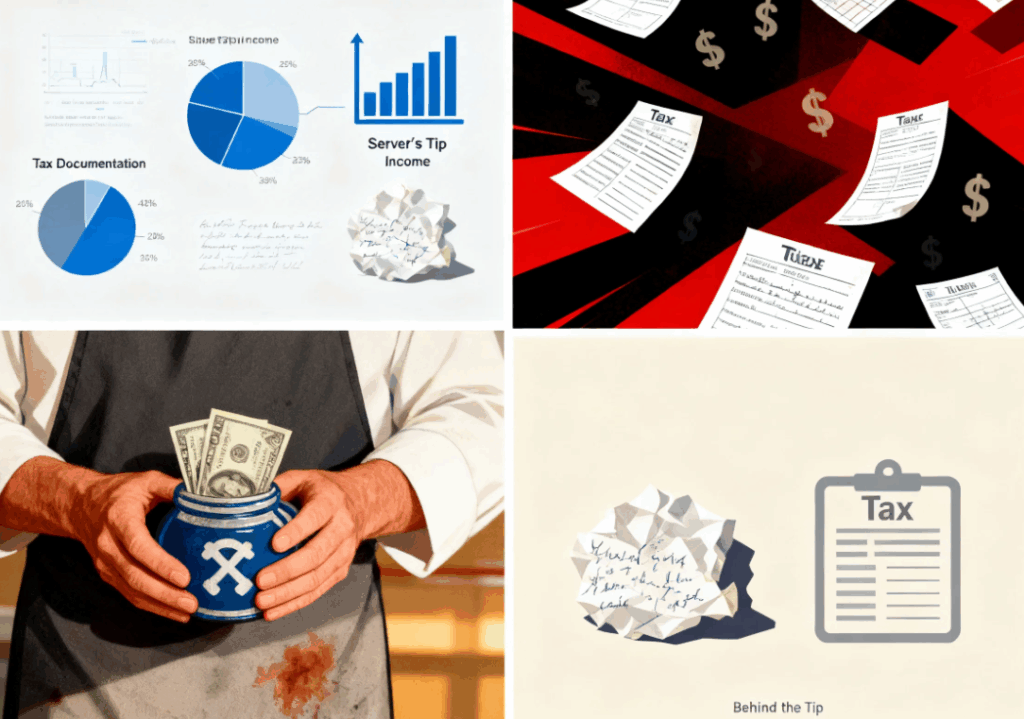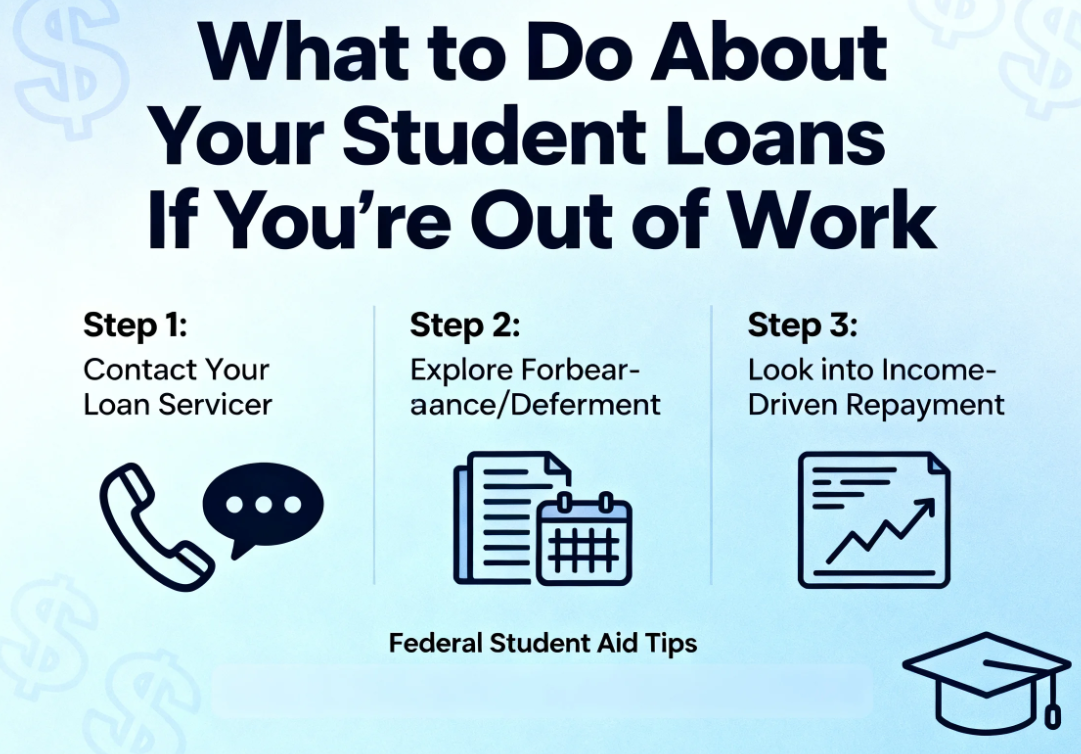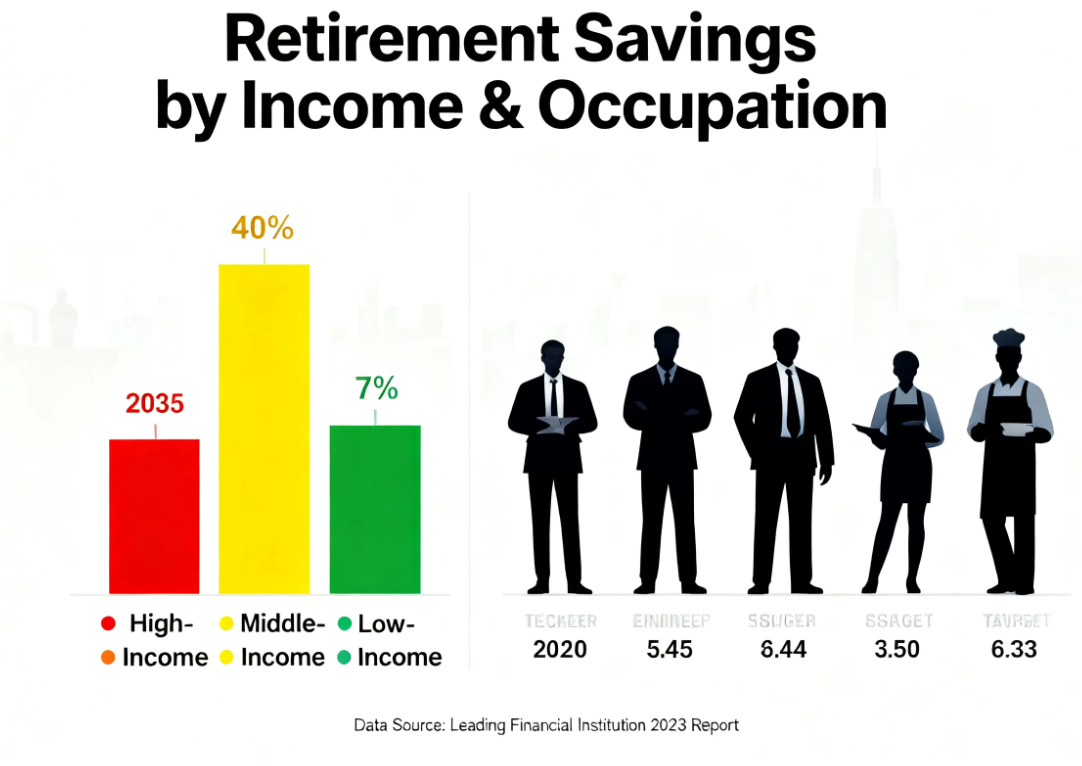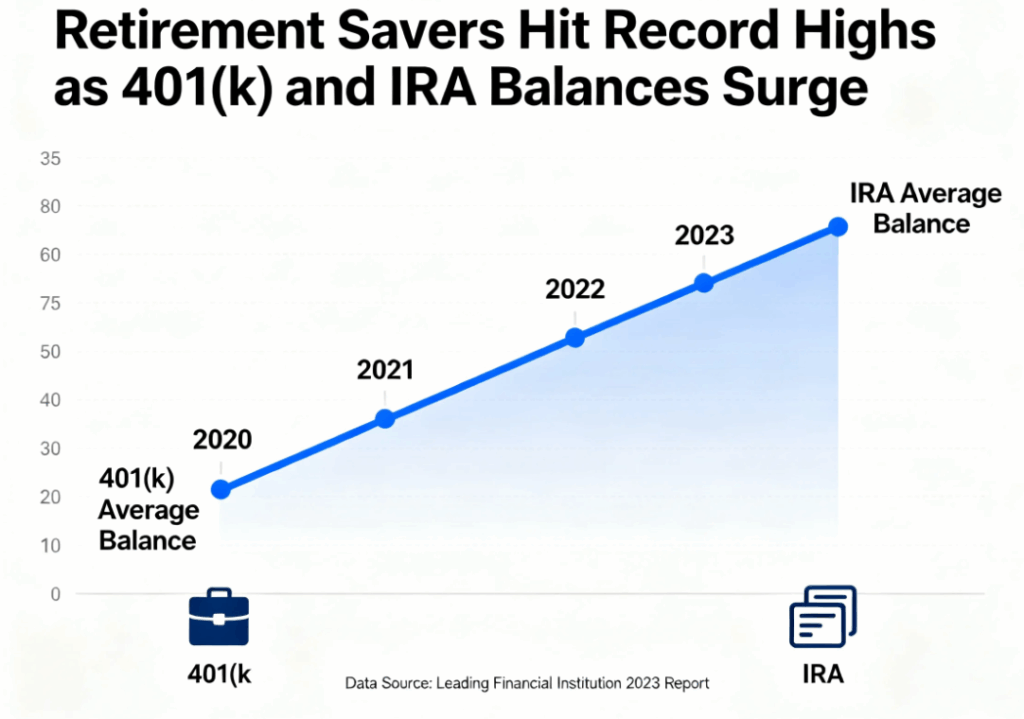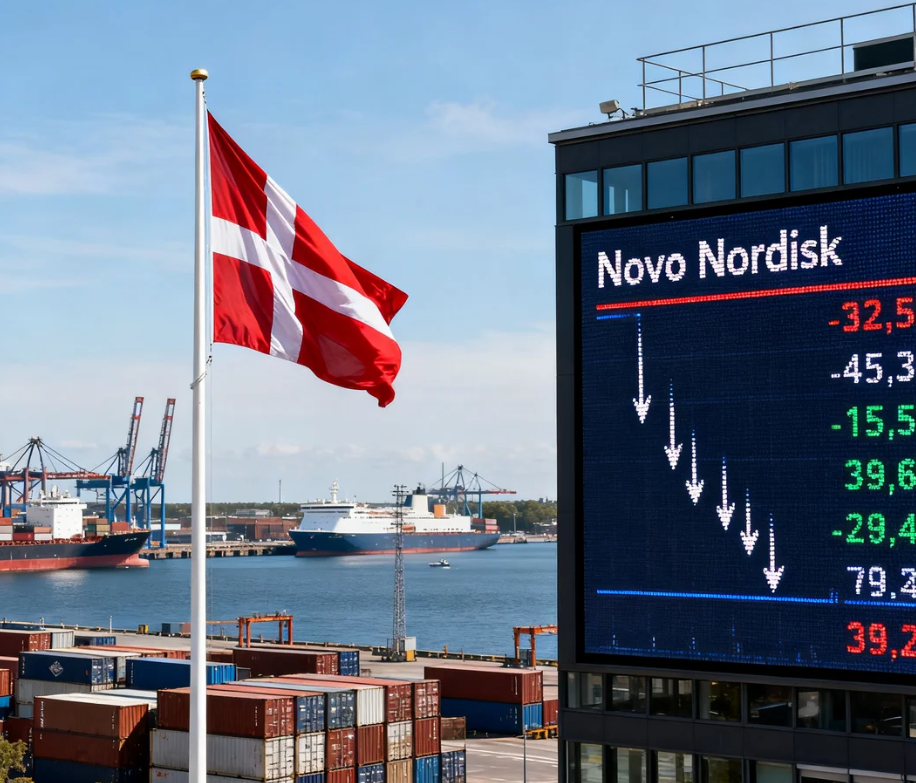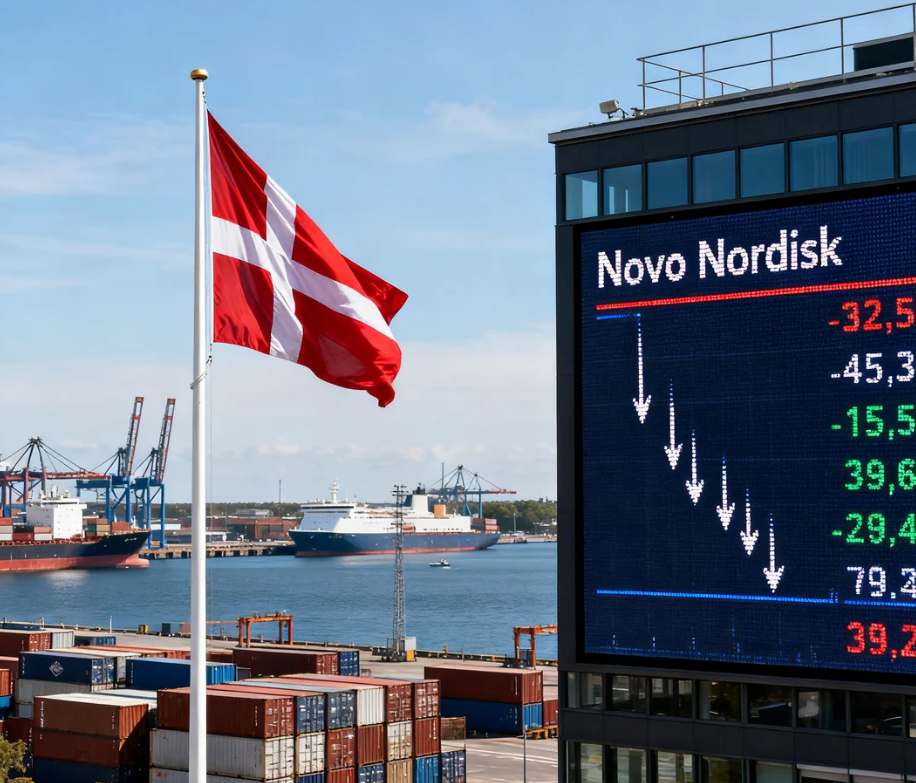Wholesale inflation unexpectedly cooled in August, offering the Federal Reserve fresh room to maneuver as it prepares for its most closely watched interest rate decision of the year.
The Bureau of Labor Statistics reported Wednesday that the producer price index (PPI)—a key measure of input costs across industries—fell 0.1% for the month. That’s a sharp reversal from July’s upwardly revised 0.7% increase, and far below Wall Street’s forecast of a 0.3% rise. On an annual basis, PPI still showed a 2.6% increase, but the monthly dip was enough to calm fears of persistent inflation.

The core PPI, which strips out volatile food and energy costs, also slipped 0.1%, defying expectations of another monthly gain. A deeper look showed services prices dragging the index lower, with margins for machinery and vehicle wholesalers plunging nearly 4%. Goods prices ticked higher by just 0.1%, a modest move led by food and energy fluctuations.
Markets rallied on the news: stock futures jumped while Treasury yields softened. Futures traders now place a 100% probability on the Fed delivering its first rate cut since December 2024, with a slim but rising chance of a deeper half-point cut, according to CME FedWatch data.
“This is the inflation shock that never happened,” quipped Chris Rupkey, chief economist at Fwdbonds. “At the producer level, inflation barely has a heartbeat. There’s almost nothing to stop the Fed from cutting rates now.”
Tariffs, Trump, and the Fed’s Balancing Act
The data complicates the narrative around President Donald Trump’s sweeping tariffs, which critics feared would stoke price pressures. Tobacco products—tariff-sensitive goods—did jump 2.3%, but broader inflationary spillovers have yet to materialize.
Trump has loudly pressed the Fed for rate cuts, arguing that tariffs won’t fuel inflation and that lower borrowing costs are essential for both economic growth and managing the swelling national debt. The White House’s pressure campaign comes as the Fed is increasingly focused on another problem: a weakening job market.
Just a day earlier, the BLS revealed that the U.S. economy created nearly 1 million fewer jobs in the year through March 2025 than previously reported. That revision rattled confidence in the labor market, which Fed officials had repeatedly described as “solid.”
What’s Next
The Fed meets next week for a pivotal session that will not only determine whether rates come down but also set the tone for its longer-term strategy. Policymakers will update their economic outlook, giving investors fresh clues about how far and how fast the Fed is prepared to ease.
For now, Wall Street is betting the August dip in wholesale prices gives the central bank all the cover it needs to finally pivot.




